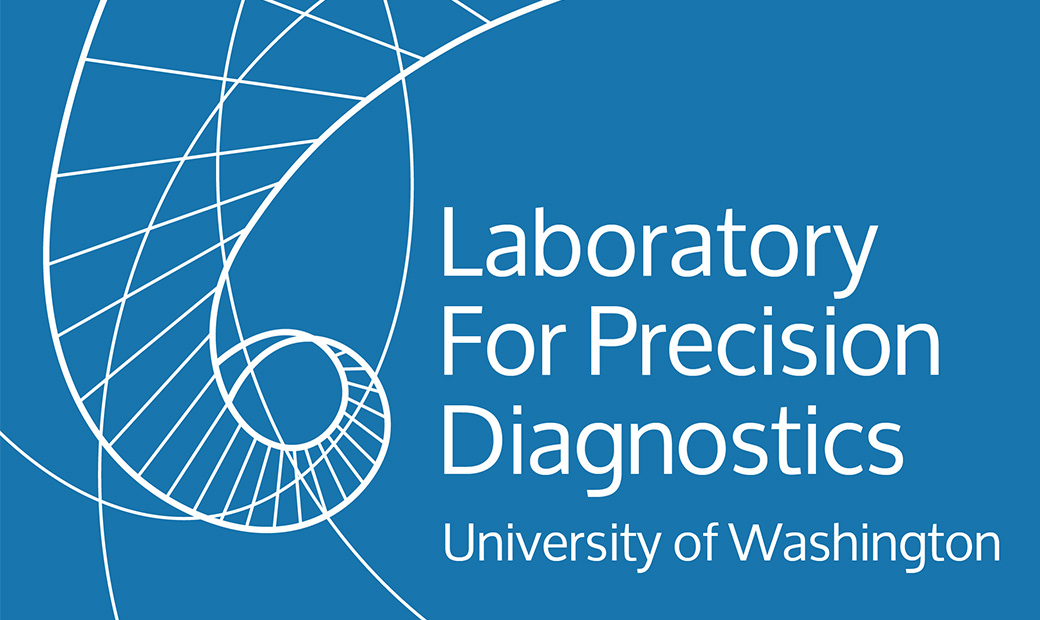The LPDx brings together programs that use multiple tools to provide the highest level of detail in genetic alterations that lead to inherited disorders and some acquired conditions. Housed in the Department of Pathology (now Department of Laboratory Medicine and Pathology), the Laboratory integrates strategies of whole genome microarray analysis using SNP markers and Fusionplex RNA-seq for gene fusions and chromosomal rearrangements (Clinical Genomics Laboratory, Director Yajuan Liu, PhD, FACMG); routine DNA sequencing (Collagen Diagnostic Laboratory, Director Peter H. Byers, MD); and whole exome sequence analysis (Northwest Clinical Genomics Laboratory, Director Michael O. Dorschner, PhD) into a single program. These diagnostic approaches are designed to allow individuals, families, and their clinicians to understand basic disease processes in sufficient depth to enhance precise diagnosis and, as a result, to direct resources at therapy, genetic counseling in the family, and when needed, to transfer resources to research activities that can lead to new understanding of disease process.
With the completion of a draft copy of the human genome in the first years of the 21st century, the collective imagination of geneticists and other clinicians turned to the idea that it would soon be feasible to collect the sequence of each individual’s genome once, add it to the electronic medical record, and use it to identify alterations that would predispose to both childhood and adult onset conditions (common disorders like hypertension, diabetes, obesity on the one hand, and rarer conditions, like aneurysms, metabolic disorders as examples) that were potentially treatable in simple ways that would improve health. At the time that the human “genome” was first understood, gene sequencing costs were prohibitive but the evolution of new technologies has brought the cost to ranges that are similar to those for other complex procedures, such as MRI (magnetic resonance imaging) or CT (computerized tomography) and it is likely that costs will fall even further in the next decade, perhaps to the often hoped for $1000 genome.
Demonstration that massively parallel sequence analysis of the expressed protein coding sequences in the human genome could identify the cause of rare disorders was achieved about 5 years ago by clinicians and scientists here at the University of Washington and rapidly turned into clinical application. For these conditions the idea that it is possible to avoid the extensive diagnostic odyssey that is expensive, frustrating, time consuming and daunting became clear and now the costs of sequence analysis as one of the first steps makes it increasingly appealing as the best diagnostic approach.

